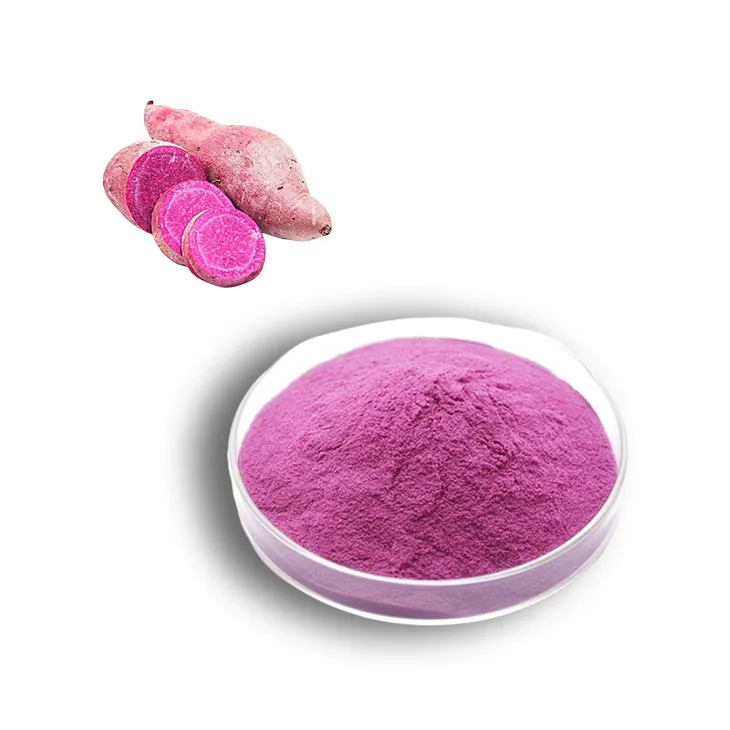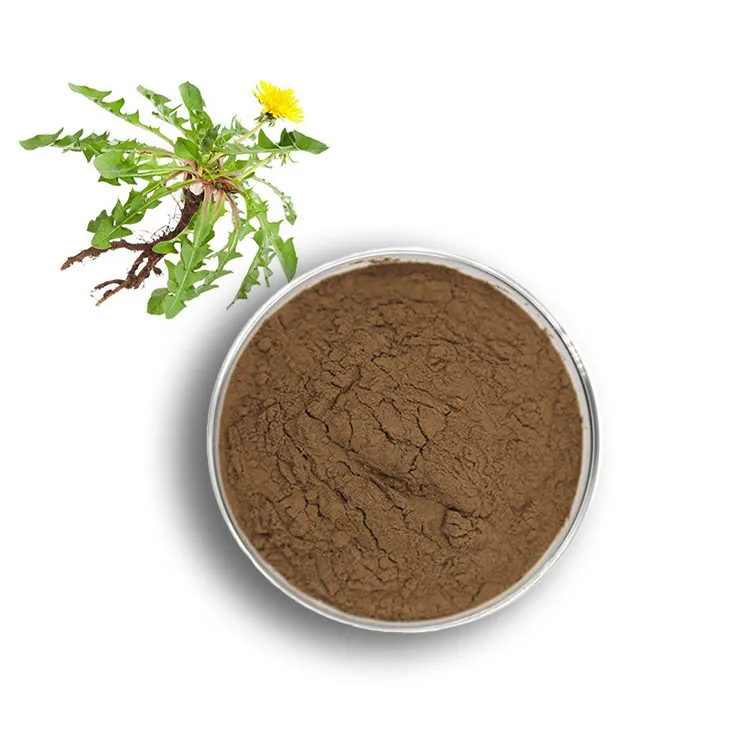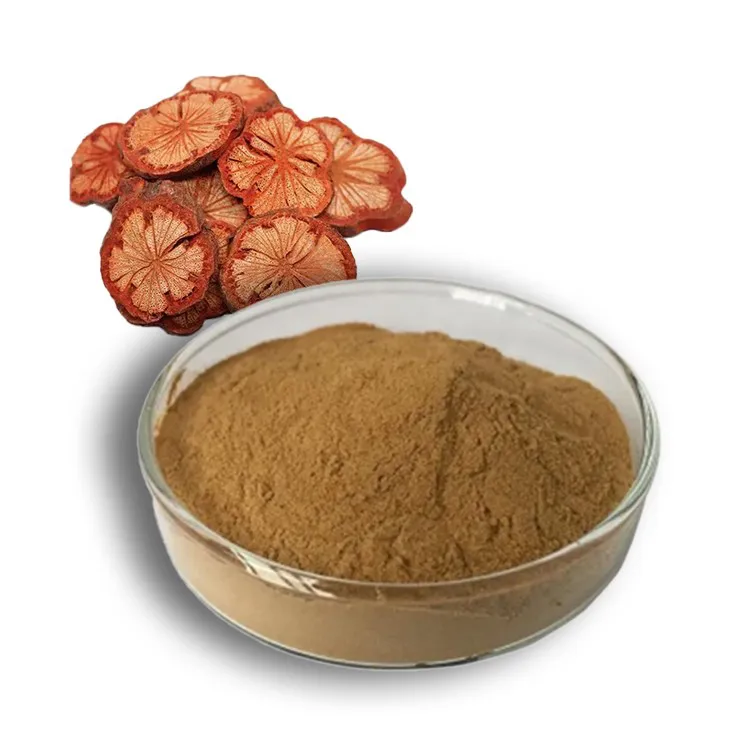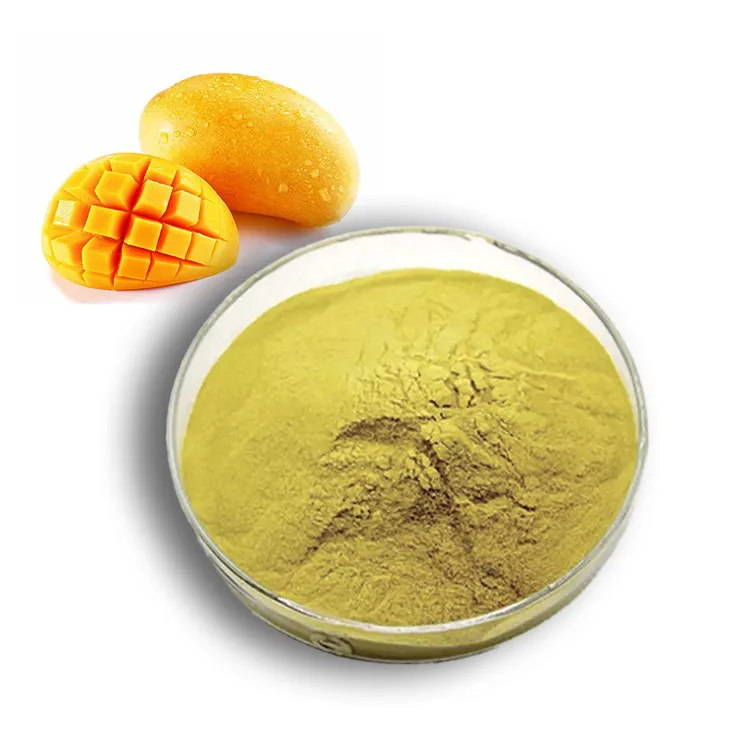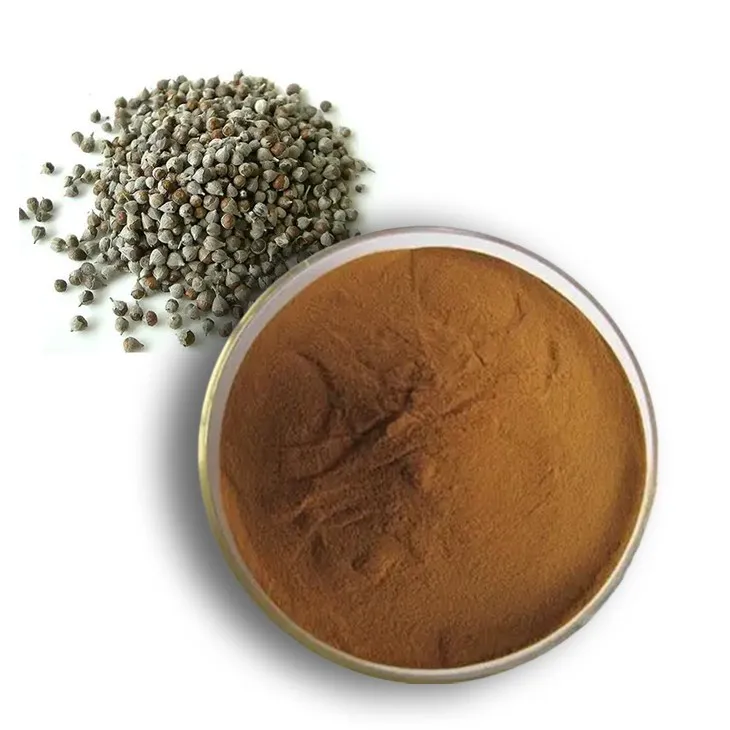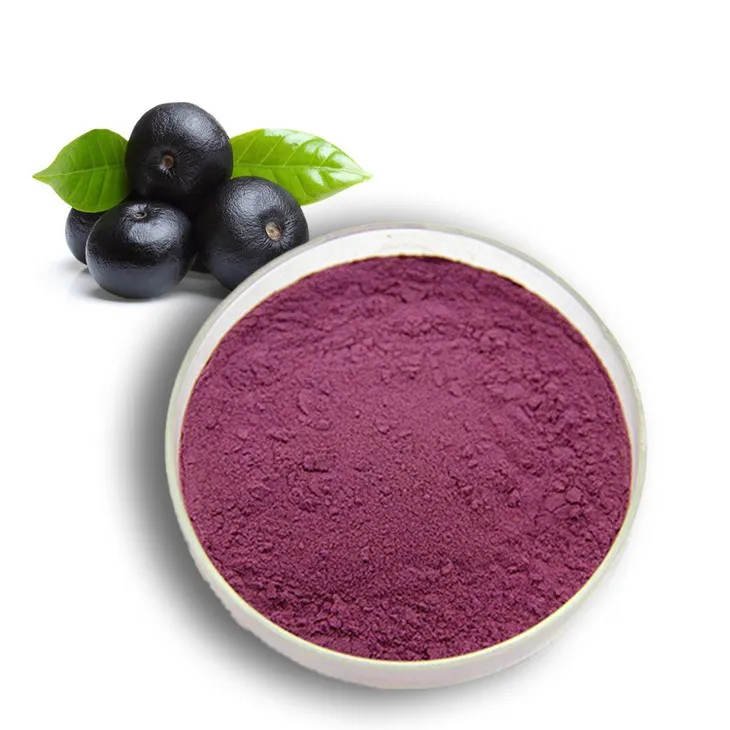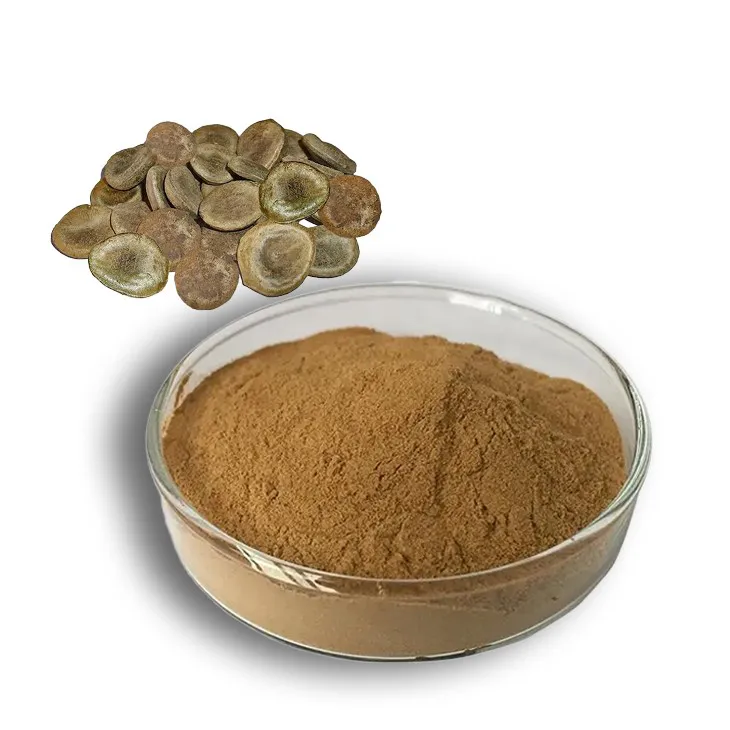- 0086-571-85302990
- sales@greenskybio.com
How much alcohol is in red wine?
2025-10-21

Red wine is one of the most treasured beverages in the world, famed for its rich taste, cultural significance, and historical roots that stretch back thousands of years. But beyond its complex flavors and aromas, one question often surfaces among both novice enthusiasts and seasoned connoisseurs alike: how much alcohol is in red wine?
The Basics of Red Wine Alcohol Content
Red wine's alcohol content can vary quite a bit due to several factors, including grape variety, fermentation processes, and geographic production differences. Typically, the alcohol by volume (ABV) for red wine ranges from about 12% to as high as 15%, though there are exceptions that stray outside this spectrum.
Understanding alcohol by volume is essential; it quantifies alcohol as a percentage of total liquid volume. For instance, a red wine with a 14% ABV means that 14% of the wine is pure alcohol. Given that this can impact both the taste profile and the drinker’s experience, appreciating these variations is crucial not just from a winemaking perspective, but also for consumer enjoyment and safety.
Factors Influencing Alcohol Content in Red Wine
A myriad of factors influences how much alcohol is present in red wine, chief among them being the type of grape used. Different grape varieties have different sugar contents, and it is this sugar that ferments into alcohol. Grapes with higher sugar concentrations, such as Zinfandel or Shiraz, tend to produce wines with higher alcohol content.
The climate where the grapes are grown is another critical factor. Warmer climates generally lead to higher sugar levels in grapes because of extended exposure to sunlight, resulting in wines with higher alcohol content. California, Australia, and southern Italy are examples of wine-producing regions with warmer climates that frequently produce red wines with elevated alcohol levels.
Conversely, cooler climates, such as those in northern France or parts of Germany, result in grapes with lower sugar levels, thereby producing wines with lower ABV. However, winemakers have evolved several techniques to manipulate this natural outcome, depending on desired wine styles and market preferences.
Fermentation Process
The fermentation process is another significant factor that determines the alcohol content in red wine. During fermentation, yeast converts sugars in the grape juice into ethanol and carbon dioxide. The extent and control of this process are crucial for deciding the final alcohol content.
A longer fermentation period generally translates to a higher alcohol content as more sugar gets converted. Some winemakers stop fermentation early, leading to residual sugar that results in sweeter, but less alcoholic wines. On the other hand, letting fermentation continue can lead to drier and more alcoholic wines. Yeast strains themselves have different alcohol tolerances, with some capable of surviving at higher alcohol levels, thus further extending fermentation.
Cultural and Regional Differences
Geography plays a fundamental role in the alcohol content of red wines. Specific wine regions have developed reputations for producing wines within certain ABV ranges due to traditional winemaking practices intertwined with environmental conditions. For instance, new world wines—those from regions like the United States, Australia, and South America—often exhibit higher alcohol content due to climate and winemaking styles that favor rich, ripe fruit flavors.
In contrast, old world wines, from regions such as France, Italy, and Spain, typically demonstrate more restraint in alcohol content. These differences highlight diverse winemaking philosophies: new world producers may prioritize bold, fruit-forward wines, while old world wineries may favor nuance and balance, sometimes at the expense of higher alcohol concentrations.
Considerations for the Consumer
For the wine consumer, understanding the nuances of alcohol content can enrich wine selection and appreciation. A wine's alcohol level can substantially influence its flavor profile, body, and mouthfeel. Higher alcohol red wines often have more body, warmth, and intense flavors, appealing to those who enjoy bold wines. Conversely, those who prefer more delicate and nuanced wines might gravitate toward lower alcohol options.
Alcohol content is also a significant consideration for health and consumption purposes. Awareness of ABV allows consumers to make informed decisions regarding their intake, helping to avoid overconsumption and ensuring enjoyment without the negative repercussions of excess alcohol consumption.
Pairing and Serving Advice
Considering alcohol content is vital when pairing red wine with food. A high-alcohol wine may overwhelm delicate dishes, while it could complement richly textured, flavorful foods. For instance, the high alcohol content in a rich Cabernet Sauvignon pairs well with hearty red meats or robust sauces, balancing the meal's overall flavor profile. In contrast, a lighter Pinot Noir could complement lighter meats like poultry or salmon.
Temperature also interacts with alcohol perception. Serving red wine at a slightly cooler temperature—between 55°F to 65°F (13°C to 18°C)—can enhance flavors and aromas without accentuating the alcohol, offering a balanced sensory experience.
Conclusion
The alcohol content in red wine is a multifaceted subject influenced by grape variety, regional climate, fermentation techniques, and cultural practices. Understanding these variables can deepen appreciation and guide selections tailored to individual preferences and occasions. Whether selecting a full-bodied Zinfandel or a refined Pinot Noir, recognizing how alcohol impacts flavor and experience is an integral part of the wine-drinking journey.
While alcohol content contributes significantly to the wine’s character, it is just one aspect of a complex tapestry that reflects time-honored traditions and creative innovation. As winemakers continue to explore and push the boundaries of oenological practices, the diversity and richness of red wine only promise to expand, inviting both novices and seasoned enthusiasts to continually discover and savor its intriguing nuances.
Visit Greenskybio.com, a great article source where you can learn about Supplements and their health benefits, you also can get the latest food Supplements. Green Sky Bio provides the best extracts and supplements. It is a Chinese self-developed brand that is trustworthy! Welcome to email us to inquire about our products.
TAGS:- ▶ Hesperidin
- ▶ Citrus Bioflavonoids
- ▶ Plant Extract
- ▶ lycopene
- ▶ Diosmin
- ▶ Grape seed extract
- ▶ Sea buckthorn Juice Powder
- ▶ Fruit Juice Powder
- ▶ Hops Extract
- ▶ Artichoke Extract
- ▶ Mushroom extract
- ▶ Astaxanthin
- ▶ Green Tea Extract
- ▶ Curcumin
- ▶ Horse Chestnut Extract
- ▶ Other Product
- ▶ Boswellia Serrata Extract
- ▶ Resveratrol
- ▶ Marigold Extract
- ▶ Grape Leaf Extract
- ▶ New Product
- ▶ Aminolevulinic acid
- ▶ Cranberry Extract
- ▶ Red Yeast Rice
- ▶ Red Wine Extract
-
Andrographis Paniculata Extract Powder
2025-10-21
-
Garcinia Cambogia Extract
2025-10-21
-
Purple Sweet Potato Extract
2025-10-21
-
Dandelion Root Extract
2025-10-21
-
Sea buckthorn Juice Powder
2025-10-21
-
Red Vine Extract
2025-10-21
-
Mango flavored powder
2025-10-21
-
Chaste Berry Extract
2025-10-21
-
Acai Berry Extract
2025-10-21
-
Kupilu Extract
2025-10-21













